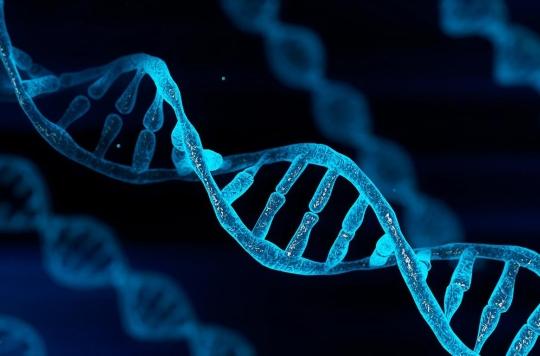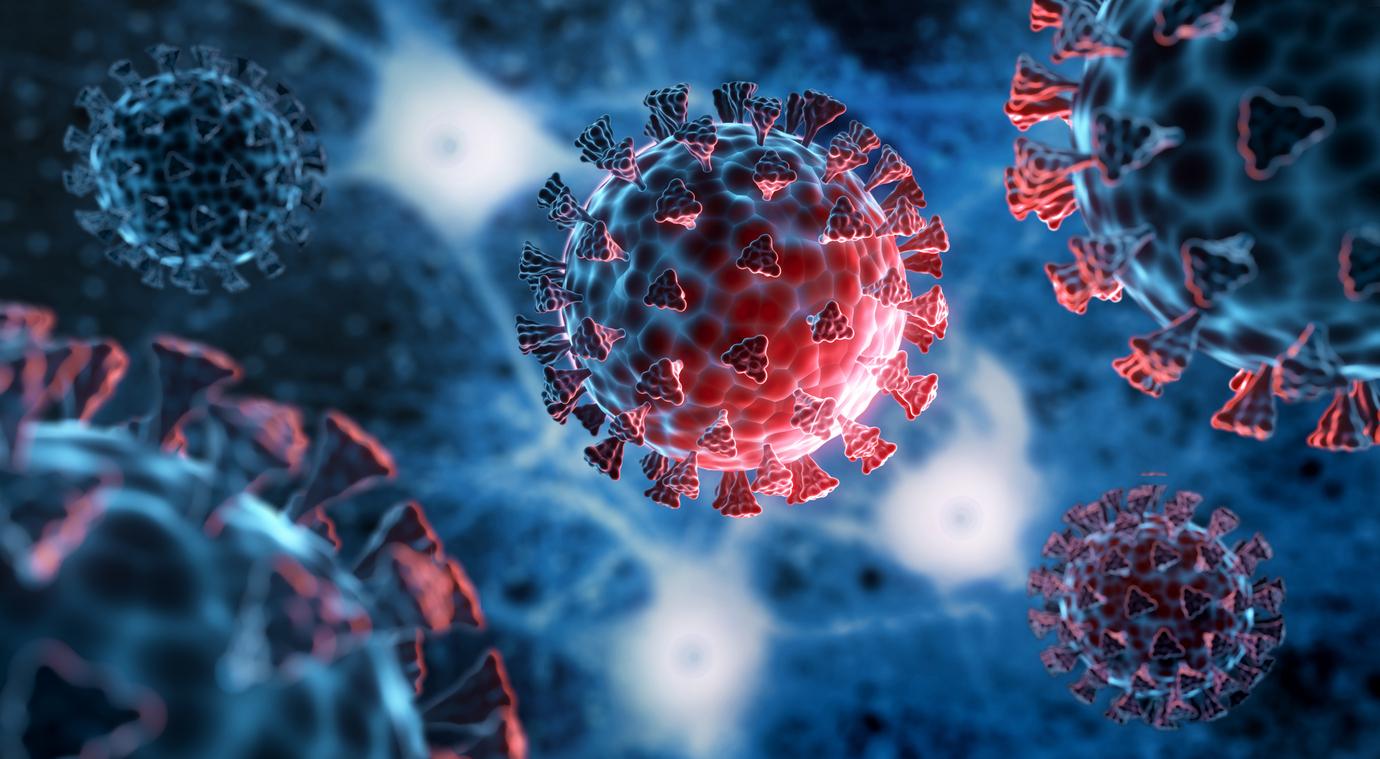A multidisciplinary team has just identified the genetic cause of interstitial pneumonia, a rare lung disease from which a two-year-old child died, and which had not been diagnosed.

- Interstitial lung disease refers to a heterogeneous group of lung tissue disorders that can progress to respiratory failure or pulmonary fibrosis.
- Interstitial pneumonia affects the alveolar structure of the lungs, which causes various symptoms, including rapid breathing, difficulty breathing or coughing.
Interstitial lung disease is a general term for a disease that affects the interstitial tissue of the lungs. This connective tissue provides support for the organ and is disseminated between the structures that compose it. Interstitial pneumonia comes in more than a hundred diseases, with various causes. If we distinguish the acute forms, which appear suddenly, from the chronic forms with a slower evolution, all have in common the fact that they cause scars on the lungs, which make it increasingly difficult to breathe.
Several genetic abnormalities have been associated with interstitial lung disease in infants and children, but some patients have the disease without having any of the known genetic abnormalities. This is the case of a two-year-old child, who died of this disease, the cause of which until now remained unknown to his parents and the medical profession.
In a new study, researchers at Washington University School of Medicine in St. Louis have identified a previously undiagnosed genetic cause. It has just been published in the journal Proceedings of the National Academy of Sciences with assistance from the National Institutes of Health (NIH) Undiagnosed Diseases Network.
A genetic variant that turns the RAB5B protein into a poison
The researchers analyzed the child’s DNA code as well as the DNA code of both parents to identify genetic variants that could be responsible for interstitial pneumonia. Indeed, the child’s lung tissue showed signs of a surfactant problem in the lungs. In the air sacs of the lungs, surfactant is a complex mixture of proteins and lipids that reduces the surface tension in the air sacs and keeps them open, thereby facilitating the exchange of oxygen and carbon dioxide during respiration. Many people with ILD have abnormalities in surfactant protein genes, but this child did not.
What the researchers discovered, however, was a variant in a gene that makes a protein called RAB5B. This plays a vital role in packing surfactant into tiny compartments called vesicles and moving them to their proper locations. In this case, the genetic variant didn’t just stop the protein from working, it also made it actively harmful.
“In this case, not only is the broken protein no longer working, but it is actively poisoning other processes. This results in the loss of surfactants in the lungs”explains Tim Schedl, co-lead author.
A genetic variant that appeared in embryonic development
By studying the DNA code of the parents, the researchers also found that neither of them had this genetic anomaly. This therefore means that this variant was present, by chance, only in the genes of the child and that it was therefore a new DNA variant that appeared during embryonic development.
“This gene, RAB5B, is now associated with interstitial lung disease in children”, says Jennifer A. Wambach, associate professor of pediatrics and co-author of the study. According to her, the sequencing of RAB5B can reveal changes in the code of their DNA that could explain the disease of patients developing interstitial pneumonia. “Knowing the underlying genetic cause and identifying other patients with the same genetic problem can help us better predict the course of the disease, so we can better prepare patients and their families for what will come their way.” waits, for example if the patient can respond to treatments, or if their condition worsens to the point of requiring a lung transplant, or if it is appropriate to start discussing compassionate care.
“Because these types of genetic diseases are very rare, there is very little information available for patients or families, adds Stephen C. Pak, associate professor of pediatrics and co-author. But collectively, millions of people are living with rare genetic diseases. This is why the Undiagnosed Diseases Network was created – to bring together bioinformatics specialists, researchers, pulmonary biologists, pediatricians and other experts in this unique type of collaboration to try to meet this unmet need. satisfied.”
.















